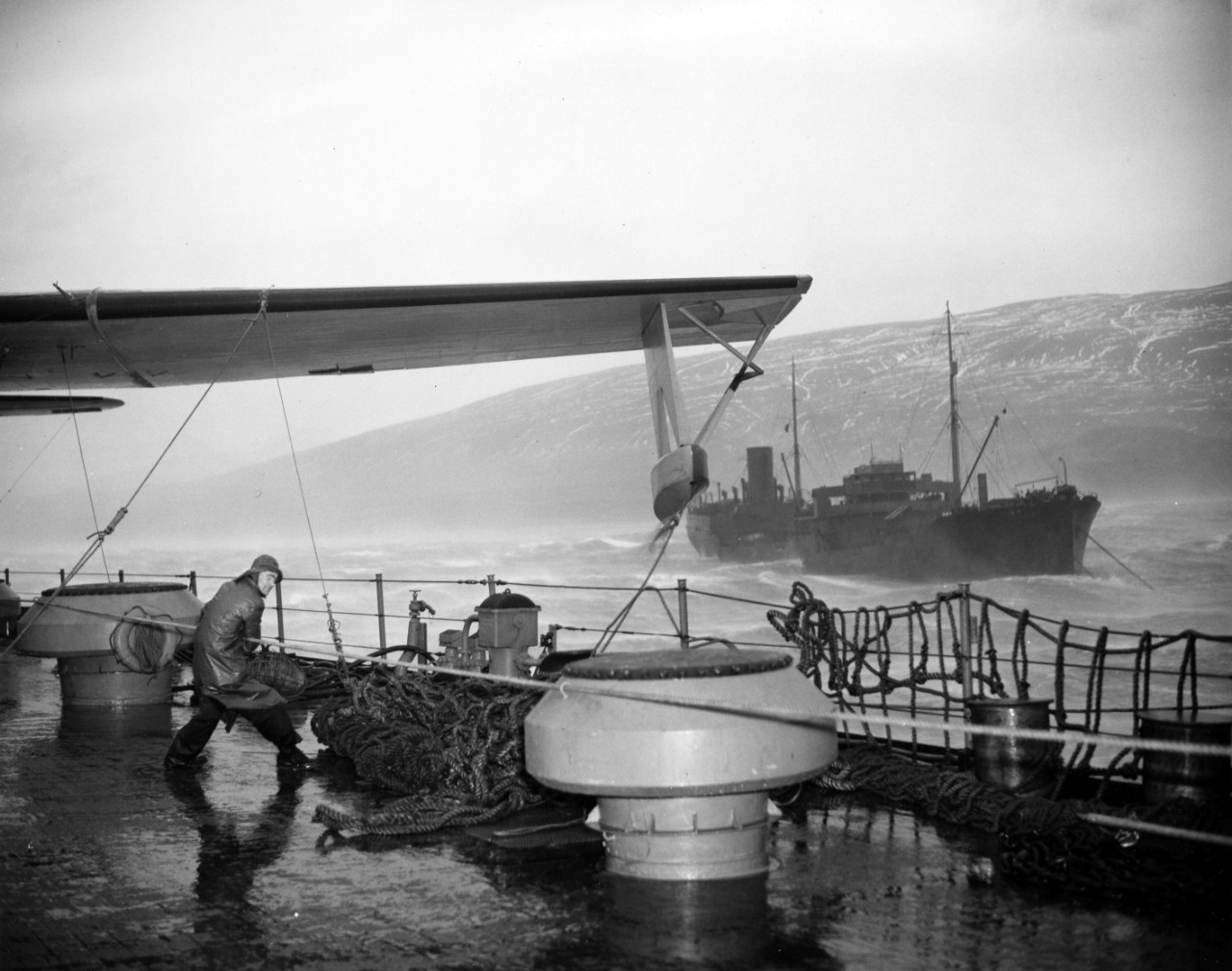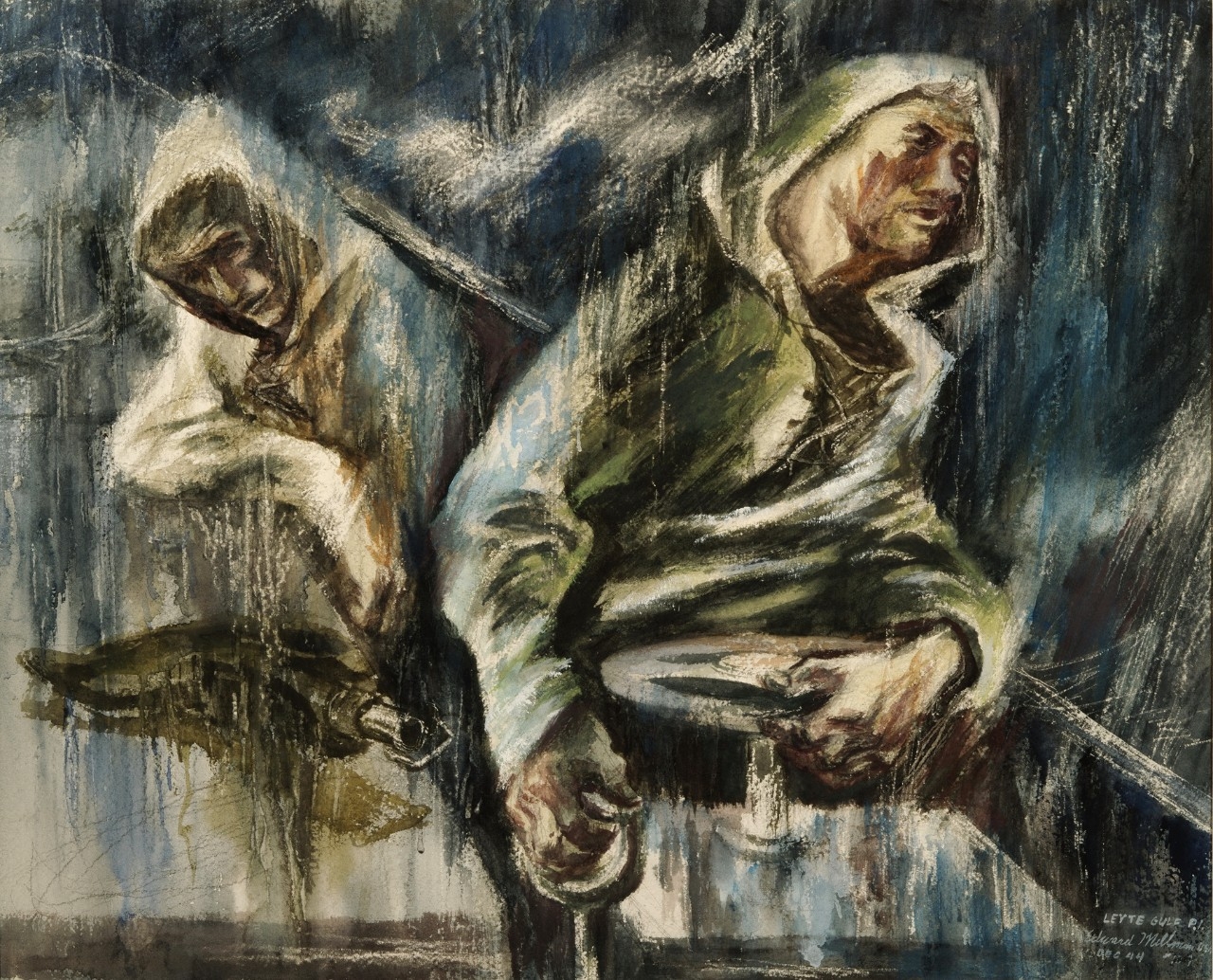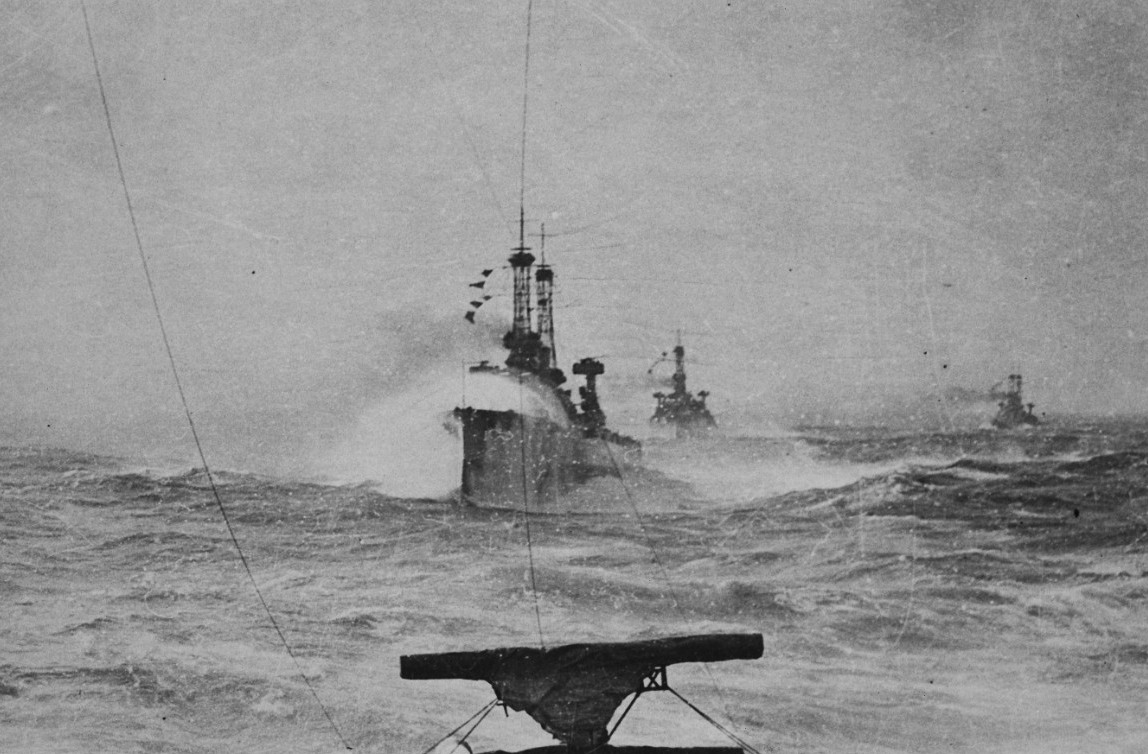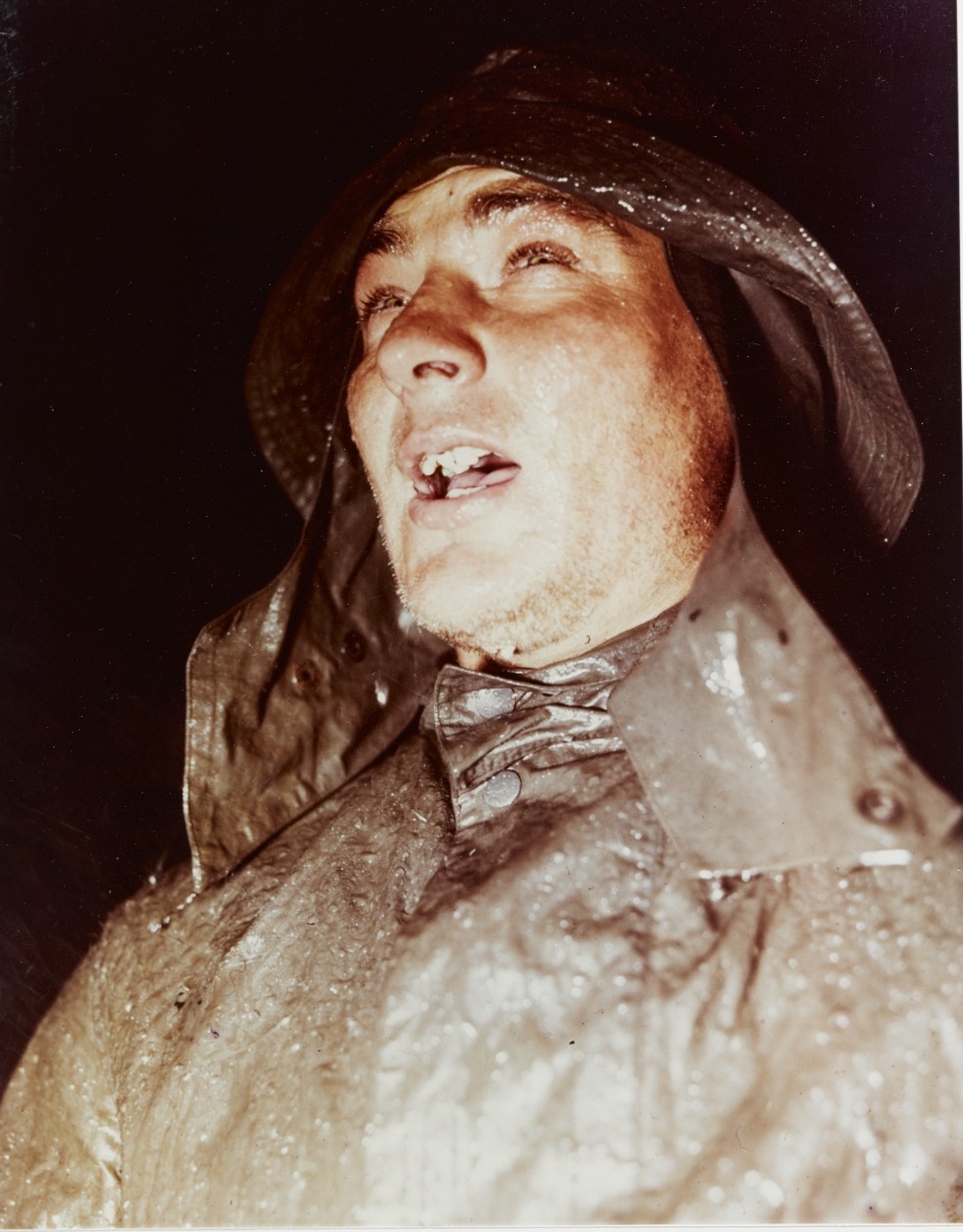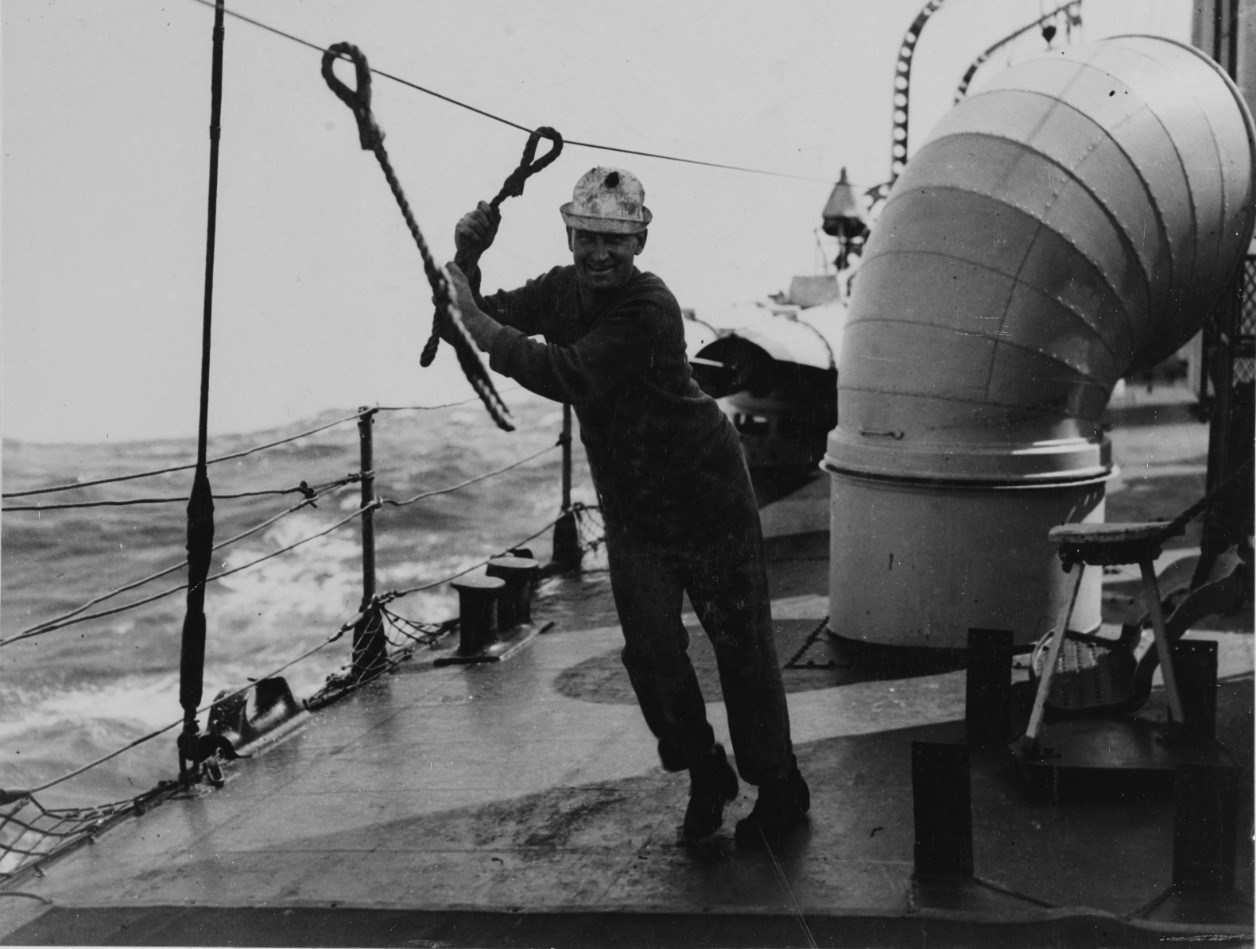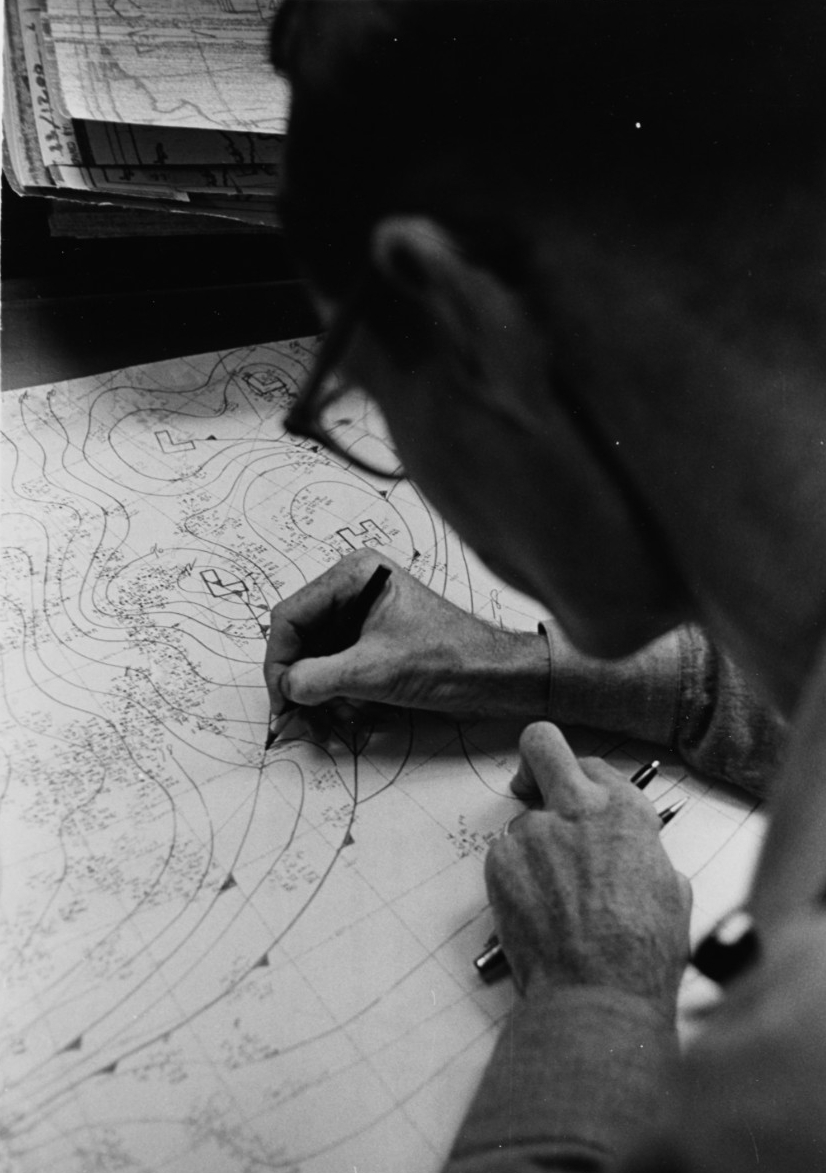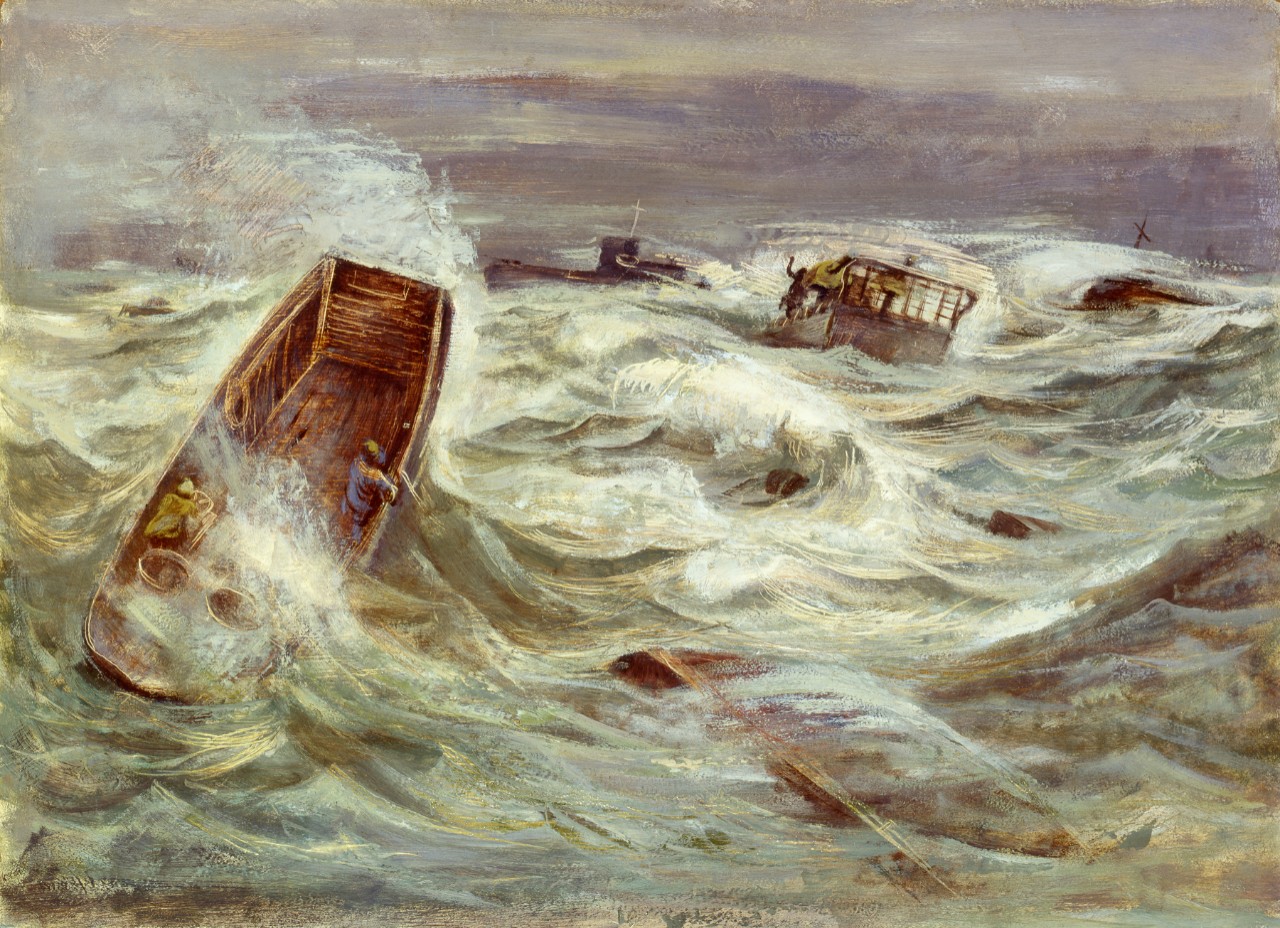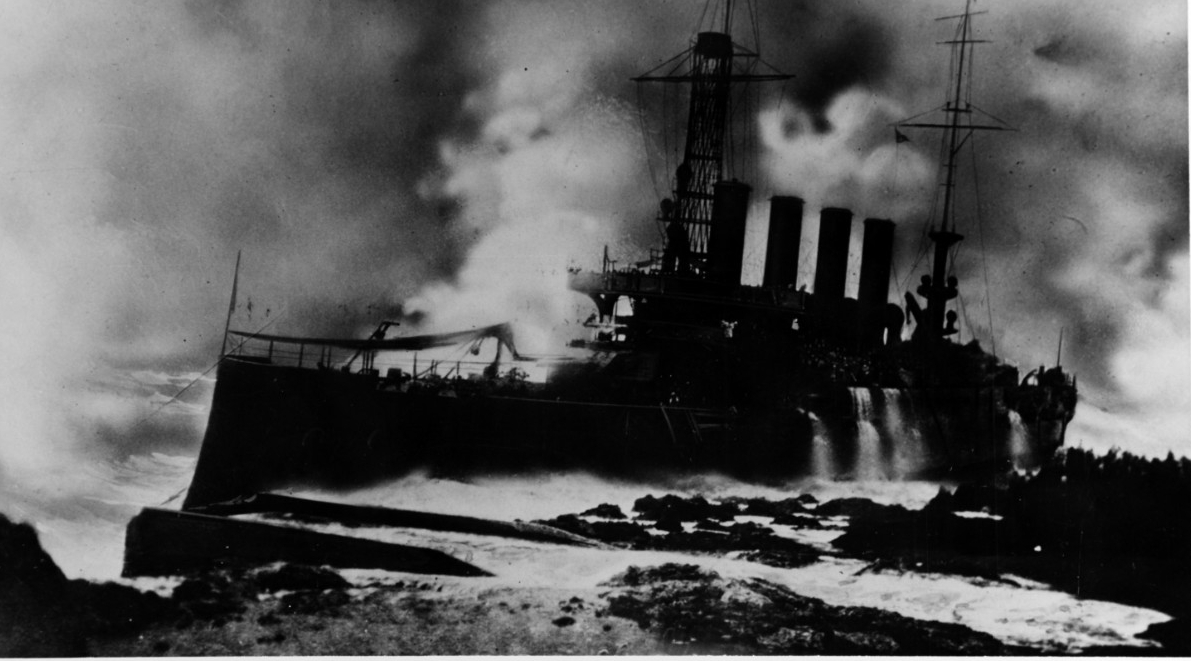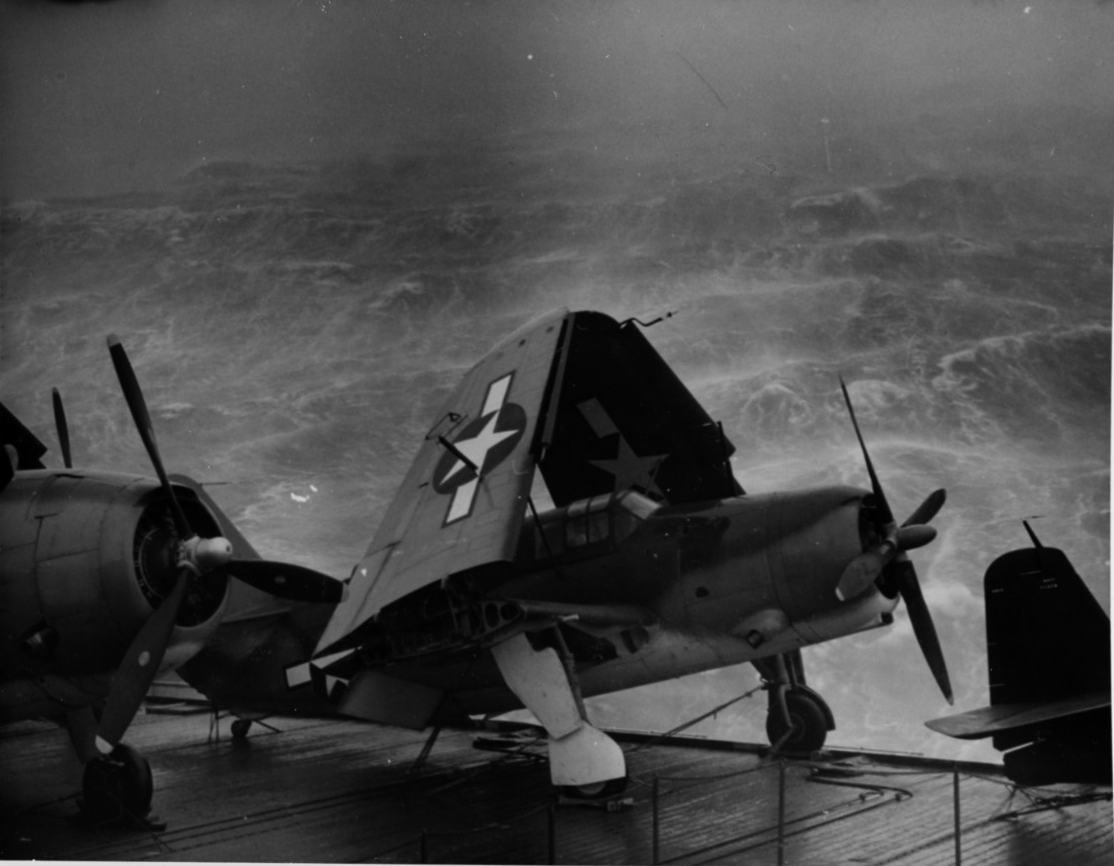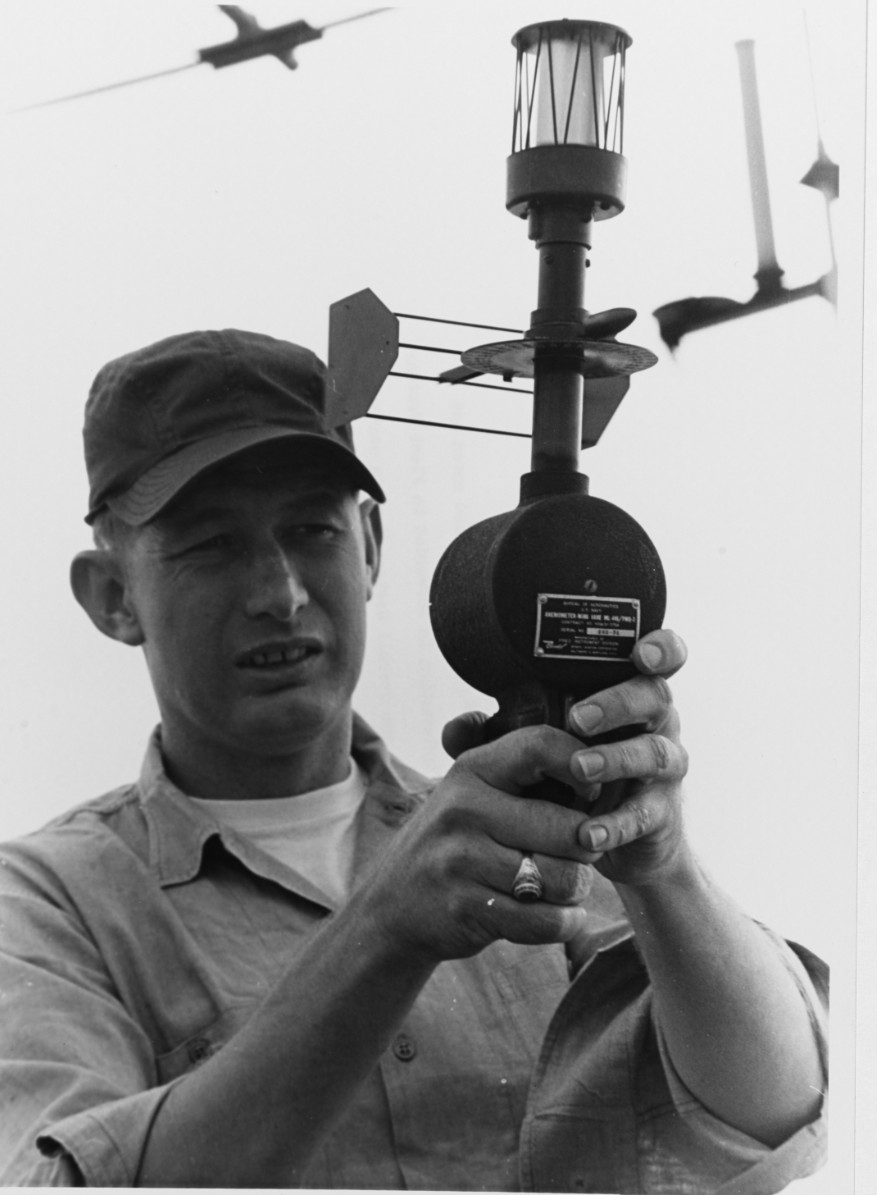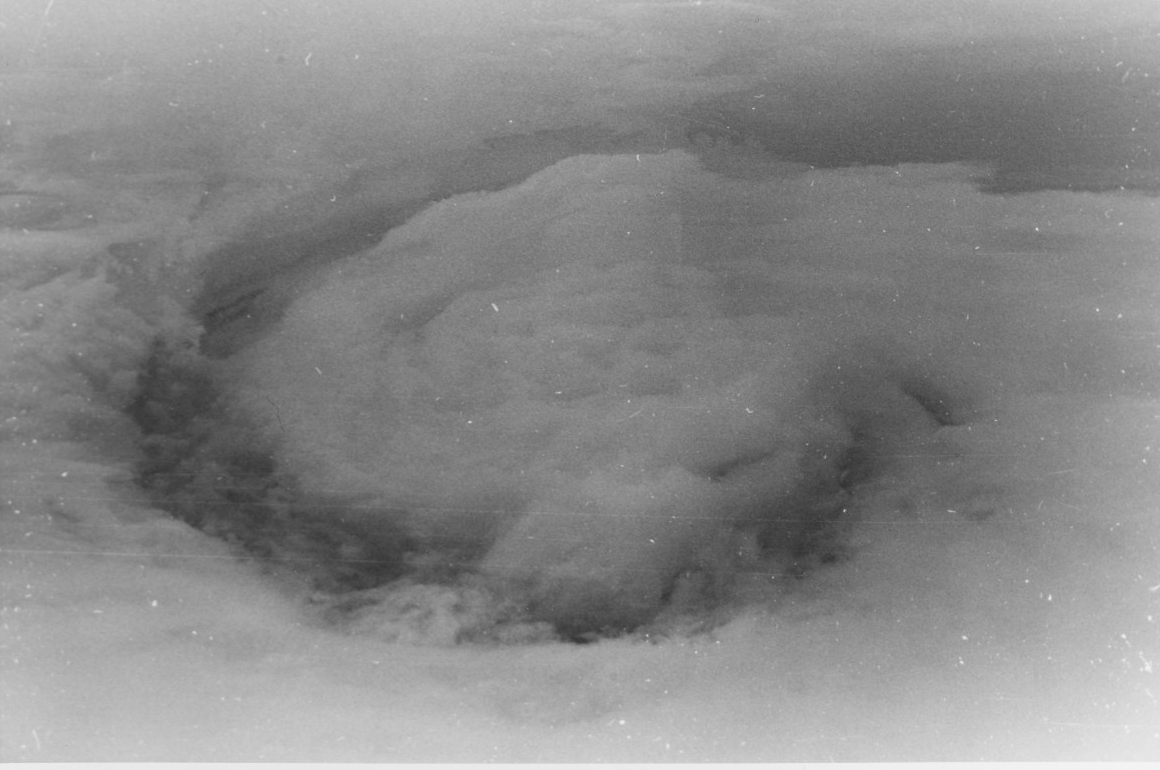- Expand navigation for Commemoration Toolkits Commemoration Toolkits
- Expand navigation for Navy Birthday Navy Birthday
- Expand navigation for World War II World War II
- National Vietnam War Veterans Day
- Expand navigation for The 9/11 Terrorist Attacks The 9/11 Terrorist Attacks
- Expand navigation for 75th Anniversary of NATO 75th Anniversary of NATO
- Expand navigation for Wars, Conflicts, and Operations Wars, Conflicts, and Operations
- American Revolution
- Quasi-War with France
- Barbary Wars
- War of 1812
- Mexican-American War
- Expand navigation for Civil War Civil War
- Expand navigation for Spanish-American War Spanish-American War
- Expand navigation for Early 20th-Century Conflicts Early 20th-Century Conflicts
- Expand navigation for World War I World War I
- Expand navigation for World War II World War II
- Expand navigation for Cold War Era Cold War Era
- Expand navigation for Korean War Korean War
- Expand navigation for Vietnam War Vietnam War
- Cuban Missile Crisis
- Expand navigation for Middle East Engagements Middle East Engagements
- POW MIA
- Pirate Interdiction and the U.S. Navy
- Expand navigation for The 9/11 Terrorist Attacks The 9/11 Terrorist Attacks
- Expand navigation for Operations in Former Yugoslavia Operations in Former Yugoslavia
- Expand navigation for Heritage Heritage
- Expand navigation for Uniforms Uniforms
- Uniforms of the U.S. Navy 1776-1783
- Uniforms of the U.S. Navy 1797
- Uniforms of the U.S. Navy 1802
- Uniforms of the U.S. Navy 1812-1815
- Uniforms of the U.S. Navy 1815
- Uniforms of the U.S. Navy 1830-1841
- Uniforms of the U.S. Navy 1841
- Uniforms of the U.S. Navy 1852
- Uniforms of the U.S. Navy 1852-1855
- Uniforms of the U.S. Navy 1862-1863
- Uniforms of the U.S. Navy 1864
- Uniforms of the U.S. Navy 1898
- Uniforms of the U.S. Navy 1900
- Uniforms of the U.S. Navy 1905-1913
- Uniforms of the U.S. Navy 1917-1918
- Uniforms of the U.S. Navy 1918-1919
- Uniforms of the U.S. Navy 1922-1931
- Uniforms of the U.S Navy 1941
- Uniforms of the U.S. Navy 1942-1943
- Uniforms of the U.S. Navy 1943-1944
- Uniforms of the U.S. Navy 1951-1952
- Uniforms of the U.S. Navy 1961
- Uniforms of the U.S. Navy 1967
- Expand navigation for Customs and Traditions Customs and Traditions
- Sailors' Tattoos
- Goats and the U.S. Navy
- Navy Athletics
- The Sailor’s Creed
- The Ship’s Bell
- Striking the Flag
- Unofficial Navy Certificates
- Precedence of Forces in Parades
- Passing Honors, National Anniversaries, and Solemnities
- Rocks and Shoals: Articles for the Government of the U.S. Navy
- Plank Owners
- Ship Naming
- Twenty-One Gun Salute
- Change of Command
- Navy Music
- Commissioning Pennant
- Ship Launching and Commissioning
- Burial at Sea
- Crossing the Line
- Expand navigation for Banners Banners
- Expand navigation for Decorations and Awards Decorations and Awards
- Expand navigation for Speak Like a Sailor Speak Like a Sailor
- Famous Navy Quotations
- Expand navigation for Origins of the Navy Origins of the Navy
- U.S. Navy History Lessons Learned
- The Navy and Marine Corps Team
- Expand navigation for "Ex Scientia Tridens": The U.S. Naval Academy "Ex Scientia Tridens": The U.S. Naval Academy
- Expand navigation for Uniforms Uniforms
- Expand navigation for Communities Communities
- Expand navigation for Chaplain Corps Chaplain Corps
- Expand navigation for Chief Petty Officer Chief Petty Officer
- Seabees
- Expand navigation for Navy Medicine Navy Medicine
- Expand navigation for Naval Aviation Naval Aviation
- Submarine Force
- Expand navigation for Surface Navy Surface Navy
- Navy Divers
- Naval Special Warfare
- Supply Corps
- Explosive Ordnance Disposal
- Expand navigation for Disasters and Phenomena Disasters and Phenomena
- Expand navigation for Organization and Administration Organization and Administration
- Leadership
- Expand navigation for Ranks Ranks
- Regulations and Policy
- Personnel
- Expand navigation for Service and Medical Records Service and Medical Records
- Expand navigation for U.S. Navy Installations U.S. Navy Installations
- Washington Navy Yard, District of Columbia
- Naval Station Norfolk, Virginia
- Naval Submarine Base New London, Connecticut
- Naval Station Mayport, Florida
- Naval Air Station Pensacola, Florida
- Naval Station Great Lakes, Illinois
- Naval Base San Diego, California
- Naval Base Kitsap, Washington
- Naval Station Pearl Harbor, Hawaii
- U.S. Fleet Activities Yokosuka, Japan
- Naval Support Activity Bahrain
- Naval Support Activity Naples, Italy
- Expand navigation for Historic Former U.S. Navy Bases and Stations Historic Former U.S. Navy Bases and Stations
- Expand navigation for Diversity Diversity
- Expand navigation for The African American Experience in the U.S. Navy The African American Experience in the U.S. Navy
- Expand navigation for Women in the U.S. Navy Women in the U.S. Navy
- Asian Americans and Pacific Islanders in the U.S. Navy
- Hispanic Americans in the U.S. Navy
- Contributions of Native Americans to the U.S. Navy
- Naval Service of LGBTQI+ Personnel
- Expand navigation for Exploration and Innovation Exploration and Innovation
- Electricity and USS Trenton
- Expand navigation for The World Cruise of the Great White Fleet The World Cruise of the Great White Fleet
- The Voyage of a Lifetime
- The Ships of the Great White Fleet
- Great White Fleet Gallery
- Beginning of the Cruise
- Fleet Leadership
- Crossing the Equator
- World Cruise Experience
- At Sea
- Puerto Rico-South America-Mexico
- U.S. West Coast
- Hawaii-Australia-New Zealand
- Japan and China
- Philippines and Ceylon (Sri Lanka)
- Suez Canal-Egypt-Turkey
- Mediterranean
- End of the Cruise
- Memorabilia
- Expand navigation for Navy Role in Space Exploration Navy Role in Space Exploration
- Polar Exploration
- The First U.S. Naval Observatory
- Bathyscaphe Trieste
- Airships & Dirigibles
- Higgins Boats
- Navy’s Use of Torpedoes
- The Nuclear Navy
- Radar and Sonar
- Navy’s Use of Unmanned Aerial Vehicles
- Naval Mine Warfare
- The Navy’s Use of Carrier Pigeons
- Expand navigation for The Steam Navy The Steam Navy
- The Steel Navy
- Expand navigation for Notable People Notable People
- Expand navigation for Presidents Presidents
- Expand navigation for Chiefs of Naval Operations Chiefs of Naval Operations
- The Office
- Admiral William S. Benson
- Admiral Robert E. Coontz
- Admiral Edward W. Eberle
- Admiral Charles F. Hughes
- Admiral William V. Pratt
- Admiral William H. Standley
- Fleet Admiral William D. Leahy
- Admiral Harold R. Stark
- Fleet Admiral Ernest J. King
- Fleet Admiral Chester W. Nimitz
- Admiral Louis E. Denfeld
- Admiral Forrest P. Sherman
- Admiral William M. Fechteler
- Admiral Robert B. Carney
- Admiral Arleigh A. Burke
- Admiral George W. Anderson Jr.
- Admiral David L. McDonald
- Admiral Thomas H. Moorer
- Admiral Elmo R. Zumwalt Jr.
- Admiral James L. Holloway III
- Admiral Thomas B. Hayward
- Admiral James D. Watkins
- Admiral Carlisle A. H. Trost
- Admiral Frank B. Kelso II
- Admiral Jeremy M. Boorda
- Admiral Jay L. Johnson
- Admiral Vernon E. Clark
- Admiral Michael G. Mullen
- Admiral Gary Roughead
- Admiral Jonathan W. Greenert
- Admiral John M. Richardson
- Admiral Michael Gilday
- Expand navigation for Master Chief Petty Officers of the Navy Master Chief Petty Officers of the Navy
- MCPON Delbert D. Black
- MCPON John D. Whittet
- MCPON Robert J. Walker
- MCPON Thomas S. Crow
- MCPON Billy C. Sanders
- MCPON William H. Plackett
- MCPON Duane R. Bushey
- MCPON John Hagan
- MCPON James L. Herdt
- MCPON Terry D. Scott
- MCPON Joe R. Campa Jr.
- MCPON Rick D. West
- MCPON Michael D. Stevens
- MCPON Steven S. Giordano
- MCPON Official Photographs
- Expand navigation for Historical Figures Historical Figures
- Expand navigation for Secretaries of the Navy Secretaries of the Navy
- Benjamin Stoddert (1798 - 1801)
- Robert Smith (1801 - 1809)
- Paul Hamilton (1809 - 1812)
- William Jones (1813 - 1814)
- Benjamin W. Crowninshield (1815 - 1818)
- Smith Thompson (1819 - 1823)
- Samuel Southard (1823 - 1829)
- John Branch, Jr. (1829 - 1831)
- Levi Woodbury (1831 - 1834)
- Mahlon Dickerson (1834 - 1838)
- James K. Paulding (1838 - 1841)
- George Edmund Badger (1841)
- Abel P. Upshur (1841 - 1843)
- David Henshaw (1843 - 1844)
- Thomas W. Gilmer (1844)
- John Y. Mason (1844-1845) (1846-1849)
- George Bancroft (1845 - 1846)
- William B. Preston (1849 - 1850)
- William A. Graham (1850 - 1852)
- John P. Kennedy (1852 - 1853)
- James C. Dobbin (1853 - 1857)
- Isaac Toucey (1857 - 1861)
- Gideon Welles (1861 - 1869)
- Adolph Edward Borie (1869)
- George M. Robeson (1869 - 1877)
- Richard W. Thompson (1877 - 1880)
- Nathan Goff, Jr. (1881)
- William Henry Hunt (1881 - 1882)
- William Eaton Chandler (1882 - 1885)
- William C. Whitney (1885 - 1889)
- Benjamin F. Tracy (1889 - 1893)
- Hilary A. Herbert (1893 - 1897)
- John D. Long (1897 - 1902)
- William H. Moody (1902 - 1904)
- Paul Morton (1904 - 1905)
- Charles J. Bonaparte (1905 - 1906)
- Victor H. Metcalf (1906 - 1908)
- Truman H. Newberry (1908 - 1909)
- George von L. Meyer (1909 - 1913)
- Josephus Daniels (1913 - 1921)
- Edwin Denby (1921 - 1924)
- Charles F. Adams, III (1929 - 1933)
- Claude A. Swanson (1933 - 1939)
- Charles Edison (1940)
- William Franklin Knox (1940 - 1944)
- James Forrestal (1944 - 1947)
- John Lawrence Sullivan (1947 - 1949)
- Francis P. Matthews (1949 - 1951)
- Dan A. Kimball (1951 - 1953)
- Robert B. Anderson (1953 - 1954)
- Charles S. Thomas (1954 - 1957)
- Thomas S. Gates (1957 - 1959)
- William Birrell Franke (1959 - 1961)
- John Bowden Connally, Jr. (1961)
- Fred Korth (1962 - 1963)
- Paul B. Fay (acting) (1963)
- Paul Henry Nitze (1963 - 1967)
- Charles Fitz Baird (acting) (1967)
- Paul R. Ignatius (1967 - 1969)
- John Hubbard Chafee (1969 - 1972)
- John William Warner (1972 - 1974)
- J. William Middendorf (1974 - 1977)
- William Graham Claytor, Jr. (1977 - 1979)
- Edward Hidalgo (1979 - 1981)
- John Lehman (1981 - 1987)
- James H. Webb (1987 - 1988)
- William L. Ball (1988 - 1989)
- Henry L. Garrett III (1989 - 1992)
- Daniel Howard (acting) (1992)
- Sean Charles O'Keefe (1992 - 1993)
- ADM Frank B. Kelso, II (acting) (1993)
- John Howard Dalton (1993 - 1998)
- Richard Jeffrey Danzig (1998 - 2001)
- Robert B. Pirie, Jr. (acting) (2001)
- Gordon R. England (2001-2003) (2003-2005)
- Susan M. Livingstone (acting) (2003)
- Hansford T. Johnson (acting) (2003)
- Donald Charles Winter (2006 - 2009)
- Raymond Edwin Mabus, Jr. (2009 - 2017)
- Sean G. J. Stackley (acting) (2017)
- Richard V. Spencer (2017 - 2019)
- Thomas B. Modly (acting) (2019-2020)
- James E. McPherson (acting) (2020)
- Kenneth J. Braithwaite (2020-2021)
- Thomas W. Harker (acting) (2021)
- Carlos Del Toro (2021-present)
- Medal of Honor Recipients
- Expand navigation for Namesakes Namesakes
- Sergeant Cornelius H. Charlton
- Private First Class Oscar P. Austin
- Civil Rights Activist Medgar Evers
- Private George Watson
- Cook First Class William Pinckney
- Commander Mary Sears
- Rear Admiral Grace Hopper
- Franklin and Eleanor Roosevelt
- Senator Daniel K. Inouye
- Private First Class Herbert K. Pililaau
- Sergeant First Class Rodney J.T. Yano
- First Lieutenant Baldomero Lopez
- Master Sergeant Roy Benavidez
- Civil Rights Activist Cesar Chavez
- Admiral David Glasgow Farragut
- Private First Class Fernando Garcia
- Sergeant Alfredo Gonzalez
- Sergeant Rafael Peralta
- Chief Petty Officer James E. Williams
- Guide and Interpreter Sacagawea
- Sergeant Darrell Samuel Cole
- Lenah Sutcliffe Higbee
- Captain Thomas J. Hudner, Jr.
- Expand navigation for Trailblazers Trailblazers
- Expand navigation for Notable Ships Notable Ships
- Expand navigation for U.S. Navy’s Six Original Frigates U.S. Navy’s Six Original Frigates
- Expand navigation for Ships of Sail Ships of Sail
- Expand navigation for Sail-to-Steam Sail-to-Steam
- Expand navigation for Modern Ships Modern Ships
- Alchiba (AK-23)
- Arizona (BB-39)
- Cole (DDG-67)
- Fletcher (DD-445)
- Harmon (DE-678)
- Houston (CA-30)
- Indianapolis (CA-35)
- Jacob Jones (DD-61)
- Johnston (DD-557)
- Maddox (DD-731)
- Missouri (BB-63)
- O'Bannon (DD-450)
- Pueblo (AGER-2)
- Samuel B. Roberts (FFG-58)
- San Diego (CL-53)
- San Francisco (CA-38)
- Tripoli (LPH-10)
- Turner Joy (DD-951)
- Washington (BB-56)
- Expand navigation for Aircraft Carriers Aircraft Carriers
- Expand navigation for Submarines Submarines
- Disasters and Phenomena
- Historical Summary
- Navy Leadership
- Veterans
- Image (gif, jpg, tiff)
- NHHC
Weather-Related Incidents
Sailors have always respected the power of the ocean—especially in heavy seas. Although Navy ships are made to withstand a certain degree of bad weather, they are not indestructible. Weather-related incidents have caused massive destruction and loss of life all throughout recorded history.
The Navy’s experience with weather-related incidents is as old as the service itself. Probably the first ship lost to weather was Continental sloop Saratoga off the Bahamas with all her crew on 18 March 1781. Although most associate bad weather with open seas, it can strike anywhere. From 1810–1813, the Navy lost three gunboats in the Chesapeake Bay and a schooner in Lake Ontario. Once ships began to sail on the open seas more frequently, storms became especially dangerous. Sailors would not know a storm was upon them until it appeared on the horizon, and by then it was often too late. In September 1854, brig Porpoise was lost with at least 62 Sailors somewhere between Formosa and China due to a typhoon. During a powerful storm on 15–16 March 1889 in Apia, Samoa, the Navy lost three ships—Trenton, Vandalia, and Nipsic—by huge destructive waves called tsunamis. On 29 August 1916, armored cruiser Memphis was hit by a series of reportedly 75 feet high tidal waves in the harbor of Santo Domingo, Dominican Republic, which wrecked the ship and killed 43 Sailors.
Probably the best-known storm the Navy faced happened during World War II. On 18 December 1944, Admiral William Halsey’s Third Fleet encountered a massive typhoon northeast of Samar. Destroyers USS Hull, USS Spence, and USS Monaghan capsized, going down with nearly all hands. A cruiser, five aircraft carriers, and three destroyers suffered serious damage. Approximately 790 officers and enlisted men were lost or killed, and another 80 injured. Fires broke out on three carriers when planes broke loose in the hangers. Approximately 146 planes on different ships were lost or damaged beyond repair by fires, impact, or swept overboard. As a result of the typhoon, the Pacific Fleet established new weather stations in the Caroline Islands and, as they were secured, Manila, Iwo Jima, and Okinawa. To coordinate weather data, weather central offices were established at Guam and Leyte.
Although weather-related incidents continue to effect Navy operations to this day, advancements in technology to include satellite imagery, radar mapping, and communications have greatly reduced risks associated with sea service. Today, the Navy relies on a series of eight Atlantic, Mediterranean, Indian, and Pacific Meteorology and Oceanography Centers—Naval Meteorology & Oceanography Command—to provide weather-related information to the fleet.
*****
Suggested Reading
- Samoan Hurricane by Rear Admiral L.A. Kimberly, USN
- Samoan Hurricane Reports
- Tsunami (Tidal Wave) Disasters and the U.S. Navy
- Typhoons and Hurricanes: The Effects on Cyclonic Winds on U.S. Naval Operations
- Ships Lost in Weather Related Incidents
- Admiral Nimitz’s Pacific Fleet Confidential Letter on Lessons of Damage in Typhoon
World War II Weather Reports
- The Battle of Midway: Aerology and Naval Warfare
- The Invasion of Sicily: Aerology and Amphibious Warfare
- Occupation of the Gilbert Islands: Aerology and Amphibious Warfare
- Fleet Air Wing Four Strikes: Aerology and Naval Warfare
- The First Raid on Japan: Aerology and Naval Warfare
- The Invasion of Southern France: Aerology and Amphibious Warfare
- Occupation of Kiska: Aerology and Amphibious Warfare
- Assault Landings on Leyte Island: Aerology and Amphibious Warfare
- Amphibious Landings in Lingayen Gulf
Additional Resources
Selected Imagery
Footnotes
- Accessibility/Section 508 |
- Employee Login |
- FOIA |
- NHHC IG |
- Privacy |
- Webmaster |
- Navy.mil |
- Navy Recruiting |
- Careers |
- USA.gov |
- USA Jobs
- No Fear Act |
- Site Map |
- This is an official U.S. Navy web site

